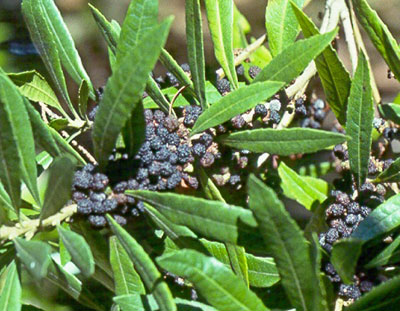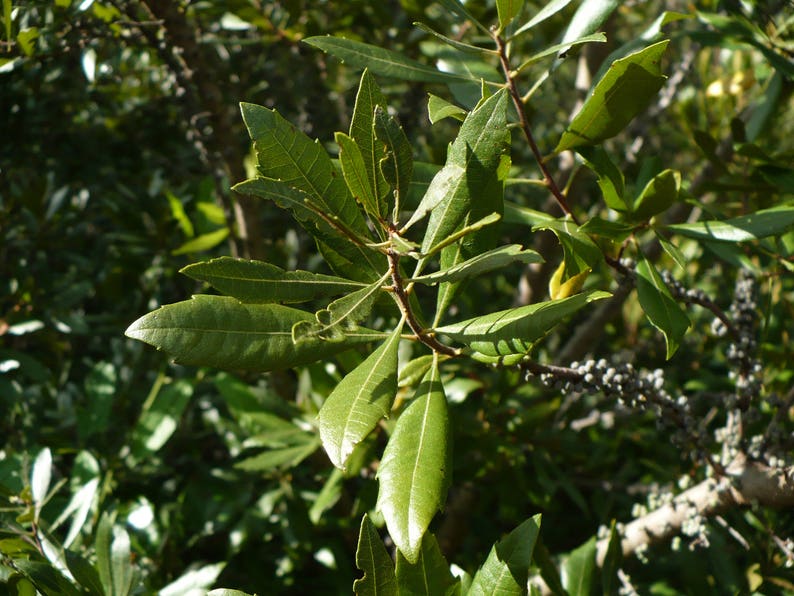
And the deer and rabbits tend to avoid eating the Southern bayberry. Use bayberry in mixed borders, as hedges or for erosion control.Ī bit more information: Bayberries are also a food source (host plant) for several caterpillars. Wax myrtle can be confused with northern bayberry (Myrica pensylvanica), a northern coastal shrub that is near its southern distribution range in Virginia.

These berries contain a wax suitable for candle making. Also known as wax myrtle, the bush puts forth blossoms in early spring that turn into fragrant berries in the summer. You do need a male and female plant for good fruit production. The bayberry plant is native to the eastern portion of the United States.

But the grayish wax covered fruit are decorative, used to make bayberry candles and a bird favorite. Morella cerifera (Wax Myrtle) is a species of shrub in the family Myricaceae. The flowers may not be the showiest, but they do attract butterflies. It is more drought and flood tolerant once established. Southern bayberry ( Morella cerifera) grows taller, prefers moist soil and is hardy in zones 7 to 11. Northern bayberry ( Myrica pennsylvanica) is hardy in zones 3 to 6 and performs well in poor, sandy soil as well as clay. Myrica cerifera, commonly known as Bayberry, Wax Myrtle, Wild Cinnamon, Southern Bayberry, Wax Myrtle, Southern Wax Myrtle, Candle Berry, Arbre suif, Myricae Cortex, Tallow Shrub, Wachsgagle, bay-rum tree, sweet gale, American Bayberry, Myrica, Vegetable Tallow, Vegetable Wax, Yang-mei, is a large, irregularly-shaped, dense-branching, nitrogen-fixing, suckering, fast-growing, evergreen.

#Bayberry wax myrtle full
They prefer full sun and part shade and are salt tolerant. To view this video please enable JavaScript, and consider upgrading to a web browser thatĪdaptable, attractive, and a favorite of birds and pollinators make Bayberry a great addition to the landscape.īayberries, also known as wax myrtles, are evergreen in milder regions but shed their leaves in northern locations.


 0 kommentar(er)
0 kommentar(er)
